
®
SHIPSPOTTING.COM
WELCOME TO SHIPSPOTTING.COM
CLWYD SUPPORTER - IMO 8325406
Photo
details
Photographer:bendt nielsen [ View profile ]
Captured:Feb 20, 2013
Title:Clwyd Supporter
Photo Category:Ship's Engine Rooms
Added:Feb 24, 2013
Views:2,527
Image Resolution:1,200 x 900
Description:
CLWYD SUPPORTER arrived on tow with Courbet IMO: 8111506 to Fornaes Shipbreaking Ltd Grenaa / Denmark from Sunderland UK for scrapping.
Vessel
particulars
Current name:CLWYD SUPPORTER
Former name(s):
- Neftegaz 12 (Until 1996 Jan)
Vessel Type:Anchor Handling Vessel
Gross tonnage:2,762 tons
Summer DWT:1,348 tons
Photos:24 photos by 7 photographers
AIS Position
of this ship
There is no AIS Position Data available for this ship!
Would you like to add AIS Coverage?

Photo
Categories
This ship exists in the following categories:
Supply Ships/Tug Supplies/AHTS - 10 photos
Scrapyard Ships - 5 photos
Ships under Repair or Conversion - 4 photos
Ship's engine rooms - 2 photos
Wheelhouse - 2 photos
Ship's Deck - 1 photos
Photographers
of this ship
(7)
1 photos
4 photos
2 photos
6 photos
4 photos
1 photos
6 photos
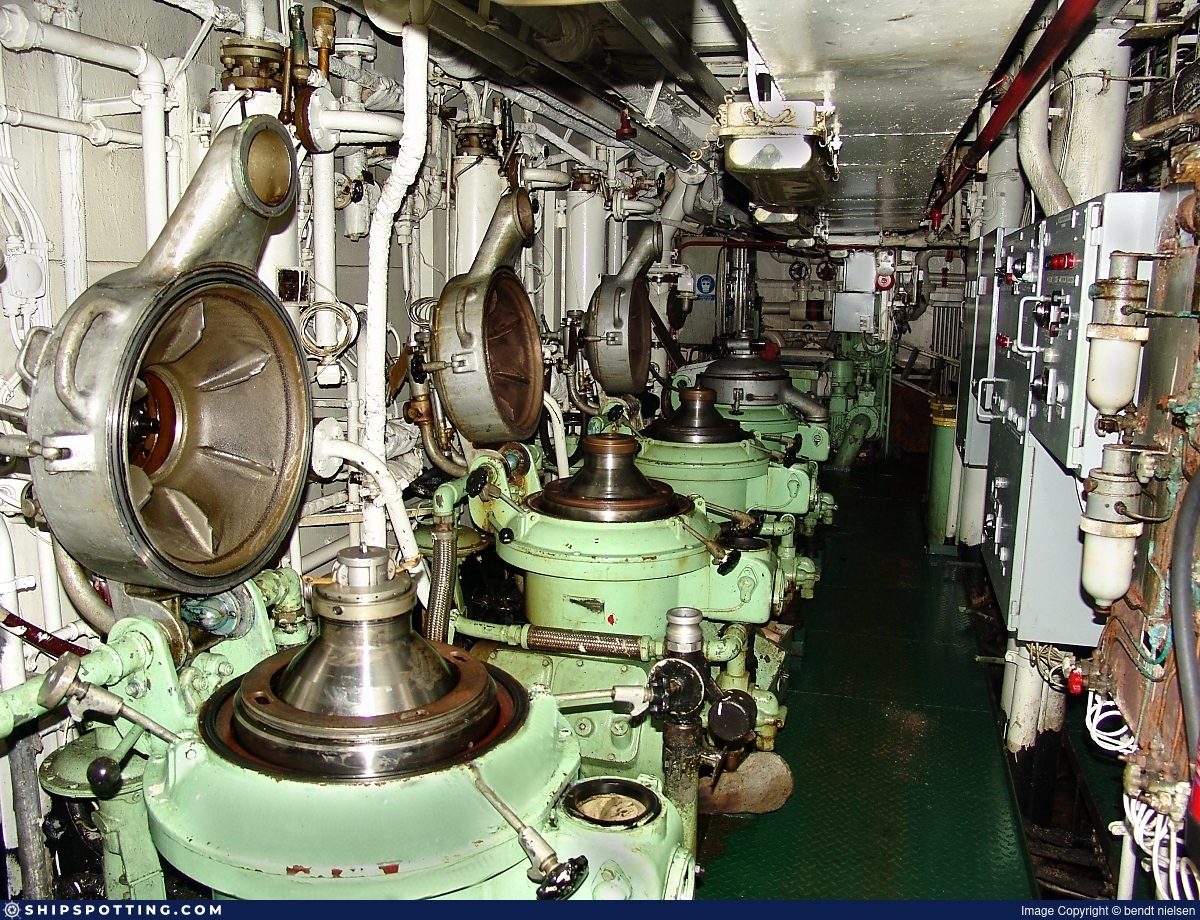

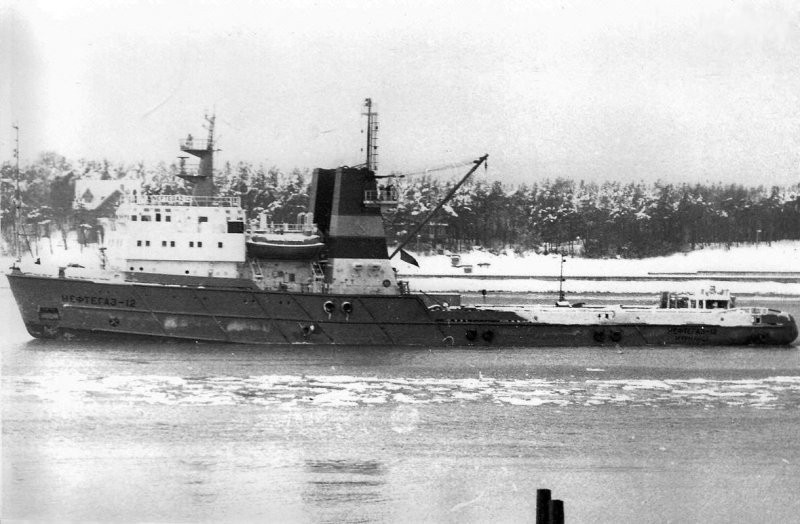
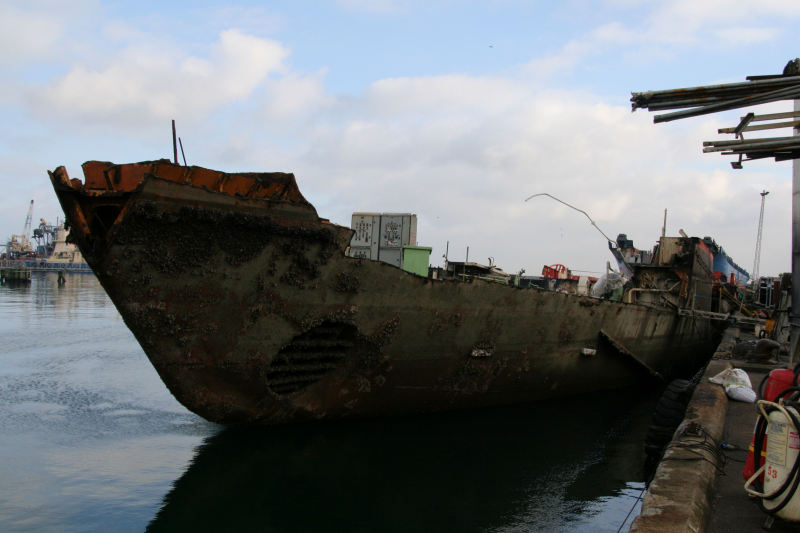
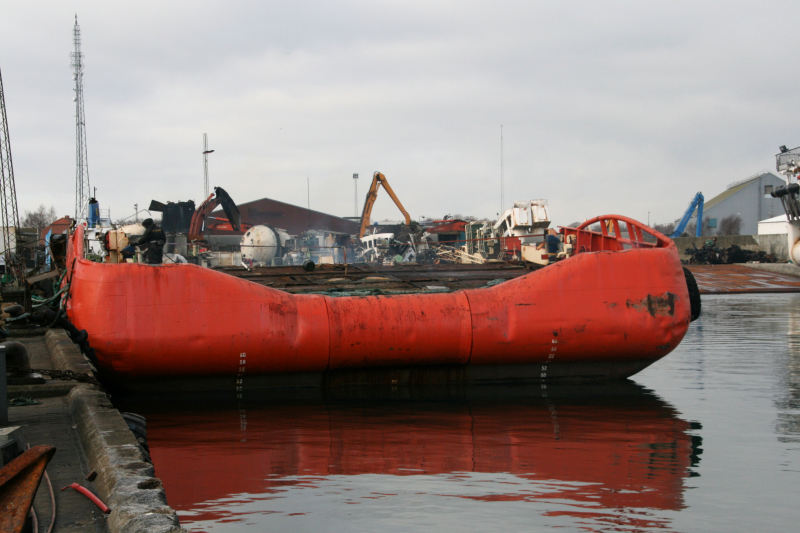
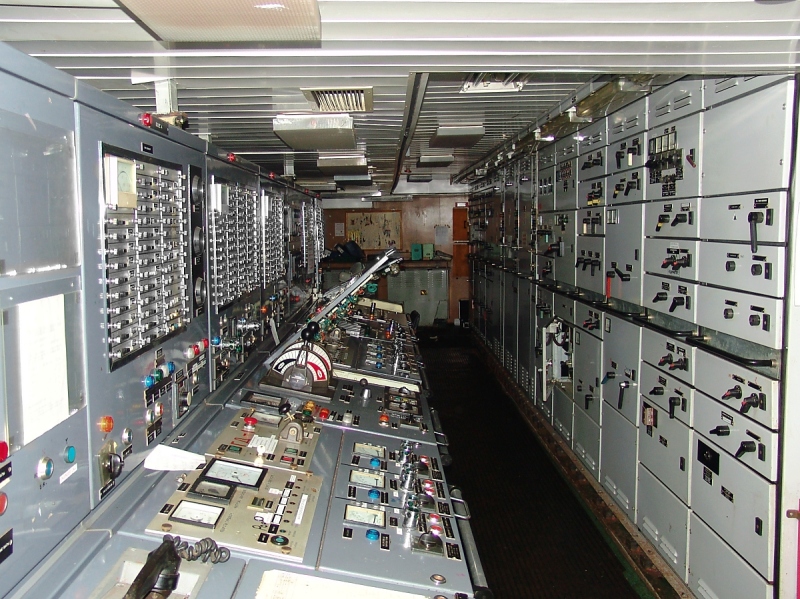
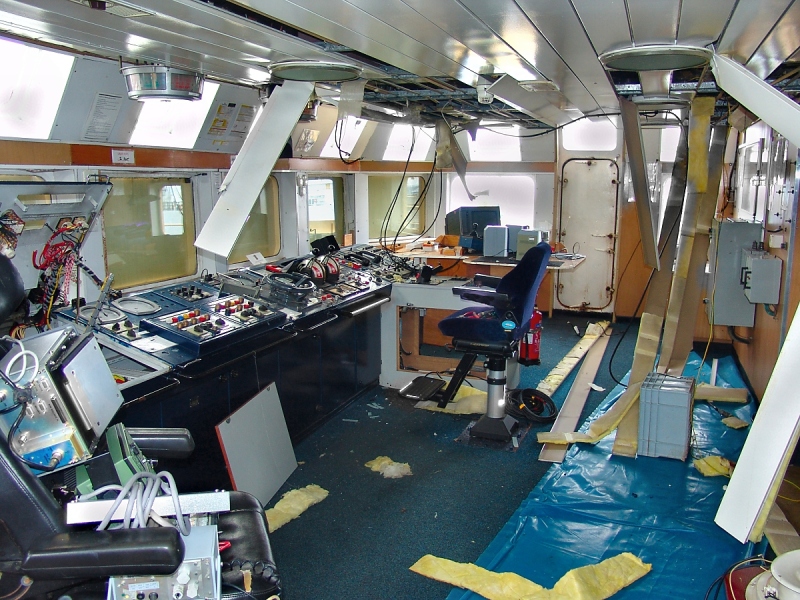
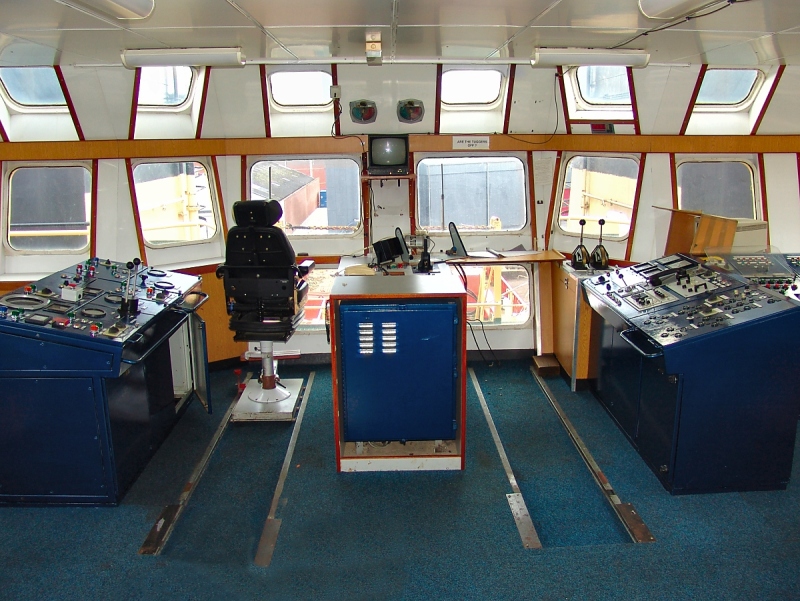
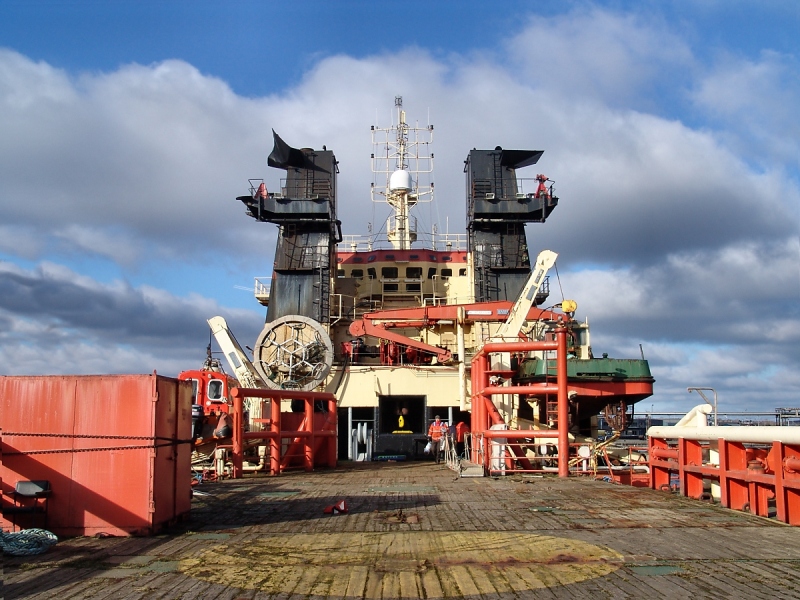
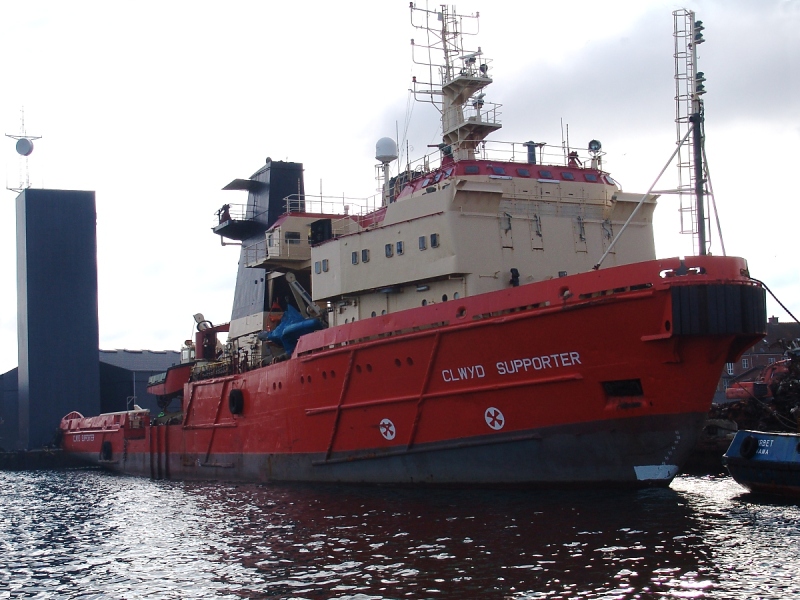


COMMENT THIS PHOTO(13)
Edit
comment
Regards, Rick
Edit
comment
Best Regards
Bendt
Edit
comment
Rick, the overall is not the problem, but I'm lacking a ship right now...
Edit
comment
My favourite road in Westfalia is Ostwestfalenstraße......
EastWestfalia Road. Huh?
Regards, Rick
Edit
comment
Jen,s time you put on a pair of overalls and had a look in the pit (engine room).... lol
Regards, Rick
Edit
comment
If any further questions should arise after I have fed this explanation to my HDSMW ("How-Does-A-Ship's-Machinery-Work-?) translator I'll be coming back to you in no time... (Gee, and I thought a Westfalia separator was a soldier in the Thirty-Years' War.)
Edit
comment
http://www.youtube.com/watch?v=5wxB6k9Elds
Edit
comment
Taking apart Purifers is a constant job..You have several purifers for the fuel system..And then purifers for the Lub oil for the main engine and the Lub oil for the Generators.
Every month the Planned maintence such as AMOS D etc...spits out work required for these machines..So on a Panamx sized container ship with 3 Generators for example..3 x Purifers for the fuel oil system.
2x purifers for the M/E Lube Oil 1 on reserve.
And 3 x purifers for each Diesel Generator .
That's 8 machines..every 2,000 hours they need a service and 6,000 hours complete strip down with bearings etc replaced.
And they can be tempermental machines at times.
Edit
comment
Jens, it refers to the messy job (before self-cleaning separators were introduced) of stripping the fuel oil & lube oil separators down, to clean them every morning (on some ships) with kerosene or other solvent.
They work by centrifugal principle on the different density of matter.
All Fuel and lubrication (lube) oil is passed through them to remove water, impurities & unwanted particles such as sand & minute metal particles and etc. before the oil is either burnt (i.e. the fuel oil) or reused (the lube oil) in the main engine or generators.
Simple eh?
Regards, Rick
Edit
comment
Edit
comment
Edit
comment
Edit
comment